5. He pioneered the use of sound design
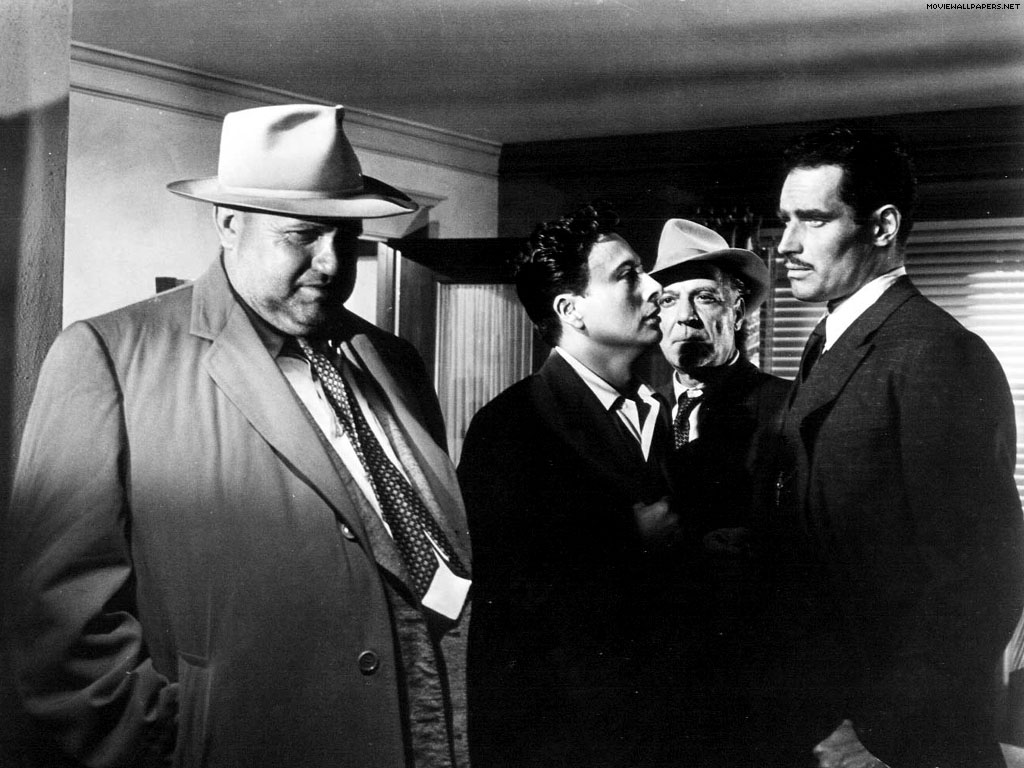
For starters, Welles would inadvertently become a pioneer in ADR (additional dialogue replacement) during the Ambersons shoot, forced to creatively re-dub a horse drawn conversation on an echoey set. That echo, a subconscious trick that Welles picked up in his radio days, would also find itself put to memorable use during Citizen Kane’s mansion scenes.
In subtly painting a hollow world with intentionally dead-audio, the auteur integrated the worlds of radio and film like never before, and cinema has never looked back. In Kane alone, Welles incorporated spatial distortion, staged “live” audio, and dropped mic panic to texture a soundscape that was vitally three dimensional in scope.
Such practices would be put into immediate use in Hollywood, most notably through Lee Marvin’s pattering footsteps in Point Blank (1967) or Kubrick’s hypnotic big wheel in The Shining (1980).
Most impressive in the advent of sound design, however, is the symphony of sounds that open up noir masterpiece Touch of Evil. Heavily edited by the studio in 1958, Welles’ true vision was finally brought to light in 1997 when meticulously detailed notes were fulfilled by sound designer Walter Murch and implemented into the restoration cut.
Blending together diegetic soundscapes that included bustling street chatter, blaring car horns, and Afro-Cuban rhythms, Welles’ intention was to achieve, as he put it “musical color rather than movement; sustained washes of sound rather than melodramatic or operatic scoring” that was so often used in thriller soundtracks at the time.
The end result, a spatial and temporal element that matched what Welles often achieved through camerawork, blew away the Oscar winning Murch (The Godfather, The Conversation), who had this to say on the matter:
“What was astonishing to me, was that that very technique was something I thought I’d invented for film in the late sixties, and which I’d used extensively for a number of films, up to–and especially including–American Graffiti. But here Welles had already done it ten years earlier in 1958.”
4. He was the first independent filmmaker
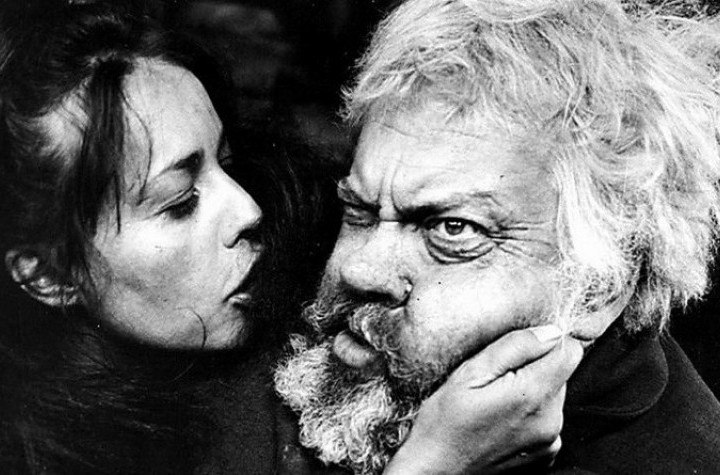
By the time The Lady From Shanghai was released in 1948, Welles was a Hollywood has-been, plain and simple. His adaptation of Macbeth, arriving shortly afterwards via Republic Pictures, only confirmed the idea that Welles had overstayed his welcome with challenging content and tepid critical reception.
As a result, he decided to emigrate to Europe where films could be made without having to elicit approval from honchos like Harry Cohn or George J. Schaefer, ties that had long since been cut. First up on the chopping block was 1952’s Othello, yet another Shakespeare attempt that shifted in between narrowing funds and constant location changes.
As a solution to this measly financial situation, Welles, as previously mentioned, was forced to accept acting roles in Hollywood then fly back to Europe where the paycheck was spent on the next few days of shooting.
This routine became so crucial to Welles’ ongoing career that production on Othello took over three years to complete, in which time he pioneered the idea of the “celebrity independent,” a rare breed of filmmaker who funded their films through the notoriety of their persona.
Suddenly, there was an outlet for directors who sought alternatives to studio enforced material, and notables like Otto Preminger would follow in Welles’ mold-breaking footsteps with 1953’s sex comedy The Moon Is Blue. Before long, contract actor John Cassavetes would crack the pavement wide open with his self funded drama Shadows (1959), launching “independent film” into the business titan it would eventually become.
But at the crux of it all remained Welles, who struggled to gain the notoriety of his similarly minded peers with projects that were either too scattered (Mr. Arkadin) or obtuse (1962’s The Trial) for the masses upon initial impact. Luckily, time has been much kinder to these projects, and, along with 1965’s highly regarded Chimes At Midnight, the idea of Welles as the first true independent has finally begun to solidify in the history book of cinema.
3. He spearheaded the Film Noir Movement
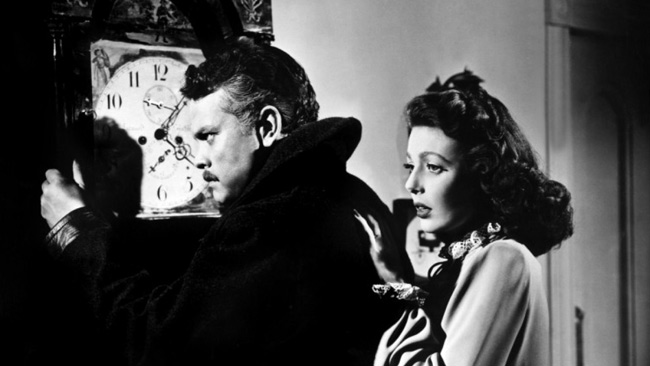
Citizen Kane changed the language of cinema, brought things into the modern age, all that jazz, and much more. One of the more niche results of its hypnotic shadows, however, was the advent of film noir; a style that Welles would not only encounter, but lead to depths previously unknown within Hollywood.
Kane, through its flashback structure, mysterious visuals, and morally downtrodden characters, was about as close to the flame as one could get without being full on noir – but regardless, the influence would be absorbed into crime pictures like Phantom Lady (1944), The Killers (1946), and Out Of The Past (1947). Through close collaboration with cinematographer Gregg Toland, Welles had inadvertently created an entire movement.
Yet even when he dabbled within the genre’s gloriously gritty underworld, Welles would zig when most other were zagging. 1946’s The Stranger, the director’s first true blue noir, upped the visual ante of pictures like Double Indemnity (1944) through a style that was at once erratic and controlled, chaotic yet pensive.
It told an underwhelming story of cat-and-mouse, with the film even proving to be Welles’ lone financial success, but the dynamite stylization was indicative of greater things to come.
Those greater things arrived once The Lady From Shanghai hit theaters, unleashing a torrid tale of murder that was borderline avant-garde in spots; a defiant jest to noir’s preoccupation with documentary style filming at the time. The cage proved too steadfast to rattle circa 1948, but Shanghai’s influence would seep up in subsequent releases ranging from D.O.A. (1950) to Kiss Me Deadly (1955).
Welles’ third and final contribution to the film noir style, Touch of Evil, would prove to be his greatest. Brought back to Hollywood in the hopes it would turn over a new leaf, Welles regurgitates the last twenty years of crime cinema onto itself, presenting a world so dense in it’s own warped regret that it almost arrives impenetrable.
Naturally, viewers didn’t get it, and Welles returned once more to Europe in shame, having had his film torn to shreds by Universal Pictures. But now, with a fully restored version of Welles’ original cut, Evil is the grotesque curtain call to noir’s golden age, a beautifully misunderstood sendoff that has since spearheaded everything from L.A. Confidential (1997) to Mulholland Dr. (2001). Quite literally, Welles was the end-all-be-all of film noir.
2. He was technically innovative behind the camera
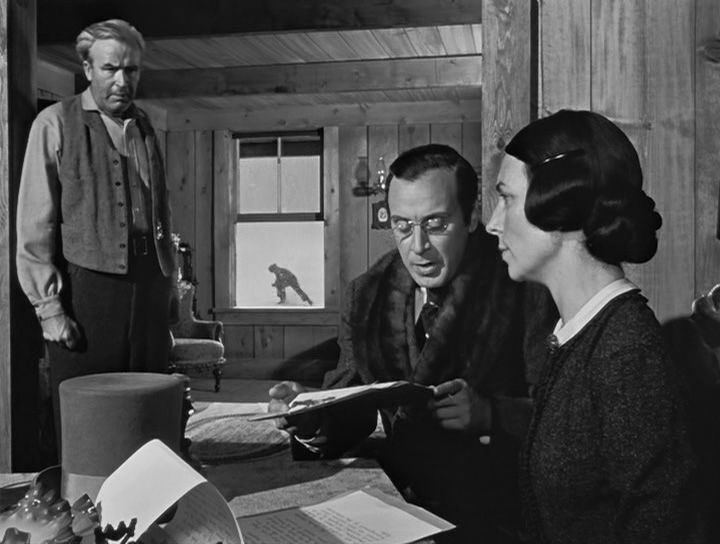
Welles was a bloated stage ego with no idea how to work a camera come 1940, to the point where he thought it was his job to order the lighting of the scene. But cinematographer Gregg Toland took Welles under his wing, and both men quickly realized they were in the rare position of making any concept a concrete reality.
The resulting torrent of spectacular sequences not only changed the course of filmmaking forever, it invented new ways to arrive at old solutions.
The deep focus shots in Citizen Kane are stupendous from a creative and technical standpoint, employing cranes, rear screen projection, and careful choreography to emphasize the emotional punch of a given scene.
Balanced out by a constantly fluid camera that ascends to impossible heights in the theatre, Welles’ careful integration of a model magically extends the medium before our very eyes. Never before had placement of actors, depth of field, and angles come together to create such an overwhelming sensory experience.
Most importantly, however, and something that’s often lost on the technically savvy filmmakers that followed, was that each stunt-worthy shot was intended for the sole purpose of enhancing the complexity of the conflict, now to show off a flashy new toy. The difference, shown time and time again, is sizable.
Elsewhere, the marvelous single take opener of Touch of Evil is still far and away the most famous of it’s kind, the balletic display of a master at work. Once again balancing the choreography and timing of his actors with a looming camera crane, Welles and cinematographer Russell Metty weave in and out of the border nightlife like a silent accomplice, building just the right mixture of anxiety and jaunty hipness.
Conveying a story, a setting, and the emotional set-up of his characters in the span of a few minutes, it is everything that’s great about the medium of cinema, tactfully tucked into a dirty film noir.
Examples of Welles’ technical abilities run rampant in each of his thirteen features, to the point where compiling a list of unspectacular moments would prove the easier task. Equally pointless is listing the men and women influenced by his camerawork – moviemaking as a whole was influenced.
1. He introduced Postmodernism in Hollywood
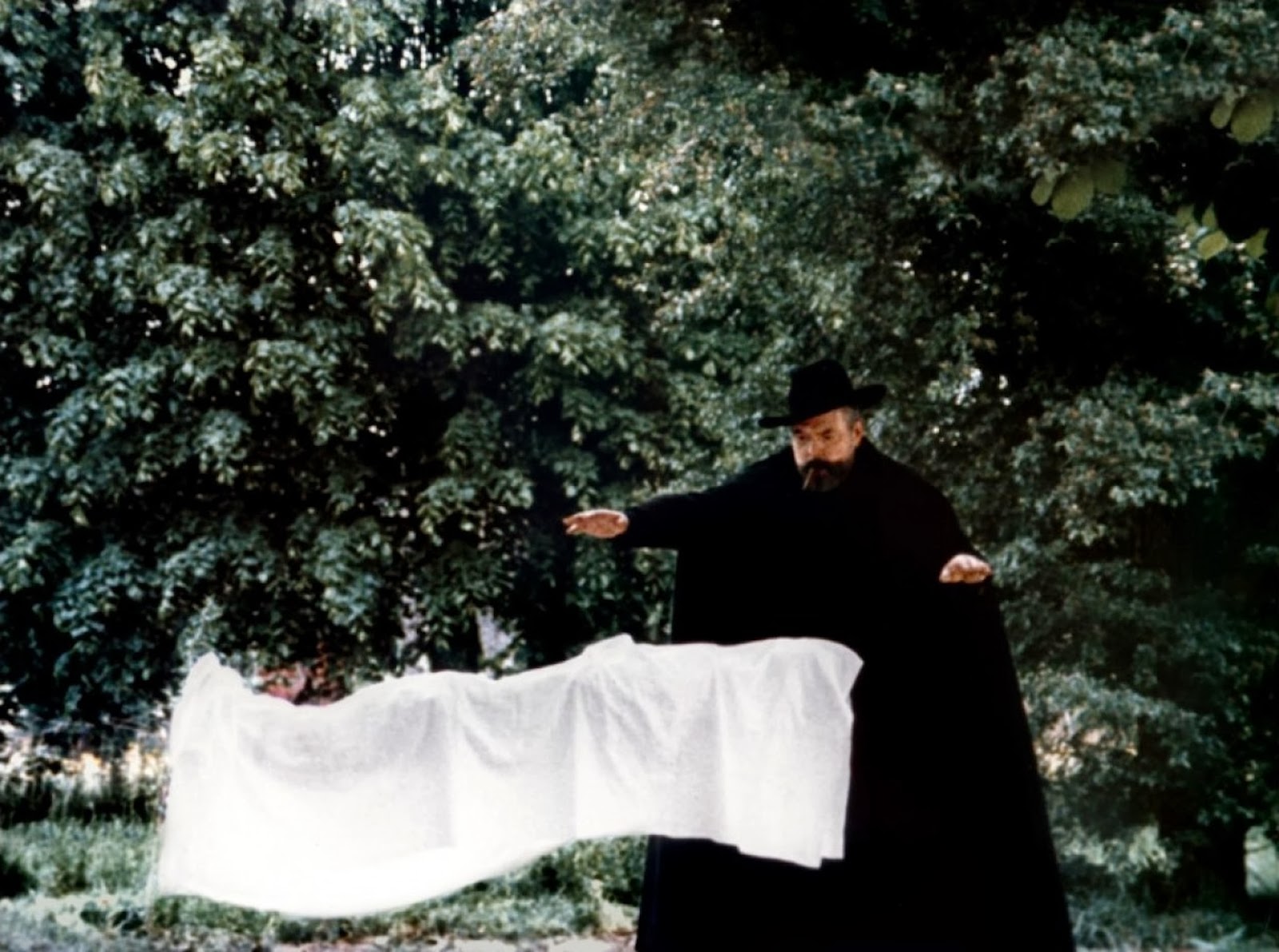
The very first image Orson Welles presented to viewers was of a grainy newsreel. Scratched up to imitate old footage, it mirrored what moviegoers were used to seeing prior to the main feature – and in that swift, clever moment, Welles introduced the art form to postmodernism, an idea that wouldn’t fully take until Godard and company broke the bank in the 1960’s.
Welles, who scratched up his footage with sandpaper to convey the passage of time, was referencing an art form that was already fifty years old, and had enough tricks to be self-referential to the public. Viewers who were confused quickly caught on, as Welles both challenged and educated their literacy of movies, forever sharpening the anticipation of the public for Hollywood trickery.
The director never looked back in this regard, and his ability to stay one step ahead of a constantly evolving market is astounding in retrospect. The Stranger, centering around a former Nazi commander hiding stateside, was the first film to use real concentration camp footage, shocking audiences everywhere and adding an element of authenticity that only strengthened the proceedings.
‘F’ For Fake, with all its aforementioned trickery, played with the idea of an unreliable narrator, implanting body doubles and wordless imagery to not only confuse but to make viewers question if what they saw was in fact the truth – movies don’t get much more meta than that.
Down to the end of his life, Welles was still striving to embellish the postmodern possibilities of cinema. His great unfinished project, The Other Side Of The Wind (1975), incorporated 8mm, 16mm, and 35mm film stock to play with the viewer’s eye, enhancing the quality of particular scenes above others, intentionally forcing them to spot the difference.
And if that concept sounds familiar, it’s because director Danny Boyle employed the same trick recently with Steve Jobs (2015) – over forty years later.
Orson Welles was a man destined to become a stage legend, only to become obsessed with the possibilities of film. That his career had as many ups and downs as it did only served to further his narrative as a mythic of movies, a tragic genius who was ran out of the system he helped change.
However he’s perceived, one fact remains for us and the generations of fans that will follow: he revolutionized the way movies are made, and he will always be the medium’s ultimate magician. Rosebud was simply Welles’ way of saying abracadabra.
Author Bio: Danilo Castro is a freelance writer and editor of the Film Noir Archive blog. He has contributed and reviews to several publications including PopMatters, Noir City, and CinemaNerdz, spending much of his time watching classical Hollywood cinema. But if its not, that’s okay too.